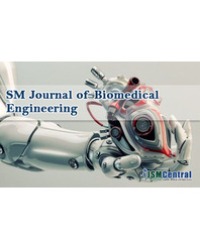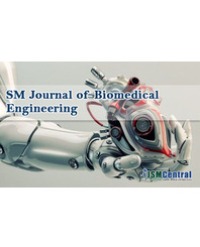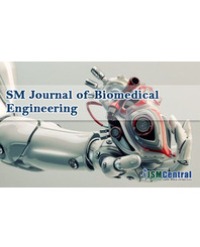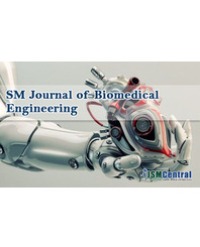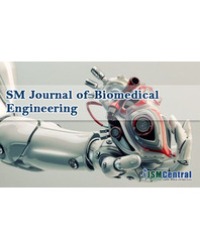
Multi-field Semi-Lagrangian Reproducing Kernel Particle Method for Landslide Simulation
This paper presents a multi-field meshfree method based on a semi-Lagrangian reproducing kernel particle method for simulation of landslide processes. In the proposed method, the approximation functions of field variables are constructed based on particles, without the need of grids or structured mesh, and the discrete state variables follow the particles, thus Lagrangian description; while the interpolation function of each particle is continually updated during deformation. The formulation naturally handles extremely large deformation and material separation, thus the method is well-suited to capture the deformation of geomaterials transitioning from elastic to an almost fluid-like deformation mode during a landslide event. The general Biot theory is incorporated in the multi-field semi-Lagrangian formulation to describe the behaviors of porous geomaterials. Several numerical examples are presented for verification of the proposed method and a landslide simulation is validated against experimental results.
Thanakorn Siriaksorn¹ and Sheng-Wei Chi²*

